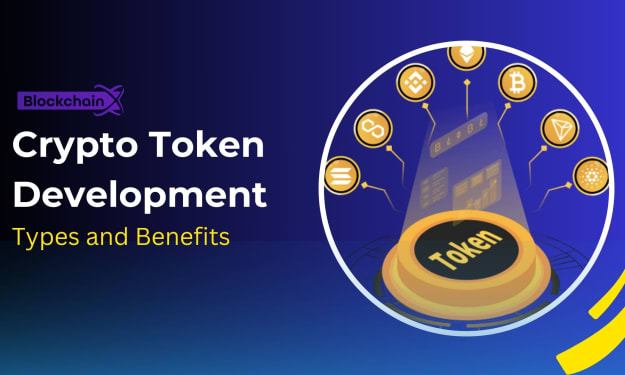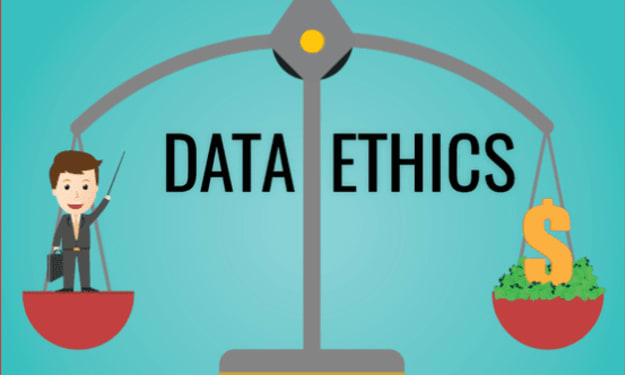How to Use Mail Merge in Outlook for Personalized Emails
Mail merge

In the world of business and personal communication, personalization can significantly enhance the impact of your emails. One of the most effective ways to personalize your emails is by using the mail merge feature in Outlook. This powerful tool allows you to send tailored messages to multiple recipients without the hassle of composing individual emails. In this article, we will guide you through the steps to use mail merge in Outlook for personalized emails, ensuring your messages stand out and make a lasting impression.
Understanding Mail Merge
Mail merge is a feature that enables you to create a batch of personalized emails using a single template. By merging your email content with a data source, such as an Excel spreadsheet or a CSV file, you can automatically populate fields like names, addresses, and other personalized information for each recipient. This method saves time and ensures consistency across all your communications.
For more complex issues or if you need additional assistance, consider reaching out to Premium Outlook Email Support. Their expert team can provide guidance and help resolve any problems you might encounter during the mail merge process.
Preparing Your Data Source
The first step in using mail merge in Outlook is to prepare your data source. This source typically includes the recipient’s information, such as names, email addresses, and any other details you want to personalize in your emails. Here’s how to do it:
Create an Excel Spreadsheet: Open Microsoft Excel and create a new spreadsheet.
Add Column Headers: In the first row, add headers for each piece of information you want to include (e.g., First Name, Last Name, Email Address).
Enter Recipient Information: Fill in the rows with the corresponding information for each recipient.
Make sure your data is accurate and complete, as this will directly affect the personalization of your emails.
Setting Up Mail Merge in Outlook
With your data source ready, you can now set up the mail merge in Outlook. Follow these steps:
Open Microsoft Word: Mail merge in Outlook is done through Microsoft Word. Open a new Word document to get started.
Select Mail Merge Type: Go to the “Mailings” tab, click on “Start Mail Merge,” and select “E-mail Messages.”
Select Recipients: Click on “Select Recipients” and choose “Use an Existing List.” Navigate to your Excel spreadsheet and select it as your data source.
Write Your Email: Compose your email in the Word document. You can format it just like any other email, adding images, hyperlinks, and other elements as needed.
Insert Merge Fields: Place your cursor where you want to insert personalized information, click on “Insert Merge Field,” and select the appropriate field from your data source (e.g., First Name).
Completing the Mail Merge
After setting up your email and inserting the merge fields, you are ready to complete the mail merge and send your personalized emails. Here’s how:
Preview the Emails: Click on “Preview Results” in the “Mailings” tab to see how your emails will look with the personalized information.
Finish & Merge: Once you’re satisfied with the preview, click on “Finish & Merge” and select “Send E-mail Messages.”
Configure Email Options: In the dialog box that appears, select the field containing the email addresses, type your subject line, and choose the format for your emails (HTML is recommended for better formatting).
Send Emails: Click “OK” to send your personalized emails to all recipients in your data source.
Troubleshooting Common Issues
While mail merge in Outlook is generally straightforward, you may encounter some issues. Here are common problems and their solutions:
Emails Not Sending: Ensure you have a stable internet connection and that Outlook is properly configured to send emails.
Incorrect Data: Double-check your Excel spreadsheet for any errors or missing information.
Formatting Issues: Make sure your email content in Word is properly formatted, as any formatting issues in Word will carry over to the emails.
Benefits of Using Mail Merge in Outlook
Using mail merge in Outlook offers several benefits:
Time Efficiency: Save time by sending personalized emails in bulk instead of composing each one individually.
Consistency: Ensure all recipients receive a uniform message with personalized touches.
Professionalism: Personalized emails demonstrate professionalism and attention to detail, enhancing your communication’s effectiveness.
Increased Engagement: Personalized emails are more likely to capture the recipient’s attention, leading to higher engagement rates.
Best Practices for Mail Merge
To make the most of your mail merge efforts, keep these best practices in mind:
Keep Your Data Up-to-Date: Regularly update your data source to ensure accuracy.
Test Before Sending: Always preview your emails and send a test email to yourself to check for any issues.
Personalize Thoughtfully: Use personalization wisely to enhance the recipient’s experience without overdoing it.
Monitor Responses: Track the responses and engagement rates of your mail merge emails to gauge their effectiveness.
Conclusion
Mail merge in Outlook is a powerful tool for sending personalized emails efficiently and effectively. By following the steps outlined in this guide, you can set up and execute a successful mail merge, ensuring your communications are professional and impactful. Remember to prepare your data source carefully, configure the mail merge settings correctly, and troubleshoot any issues that arise.
For additional support and troubleshooting, Premium Outlook Email Support is available to help you with any challenges you might face. Their expertise can ensure a smooth mail merge process, allowing you to focus on crafting compelling and personalized messages for your recipients. Utilizing mail merge in Outlook can significantly enhance your email campaigns, leading to better engagement and improved communication outcomes.





Comments
There are no comments for this story
Be the first to respond and start the conversation.